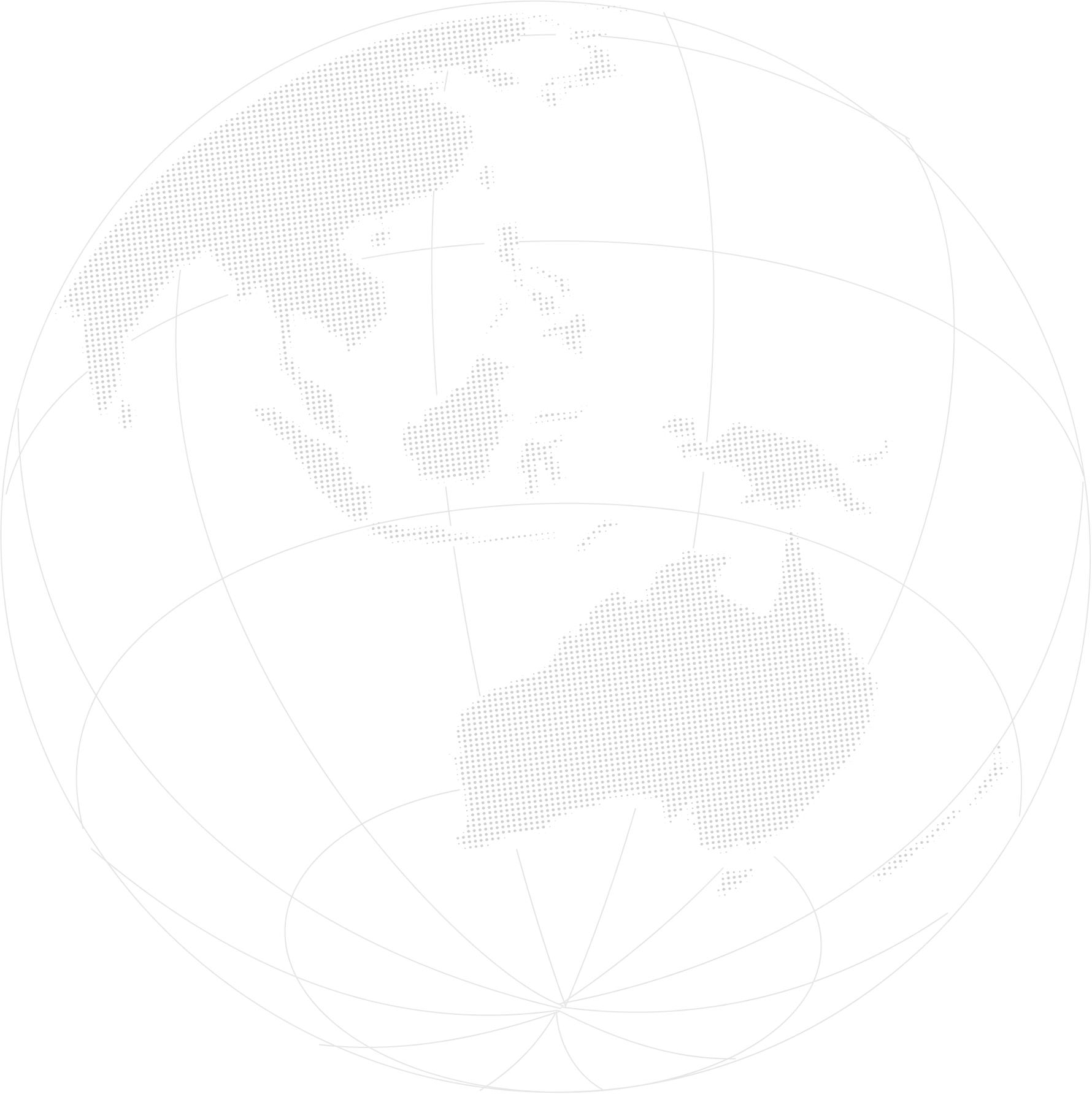
Wovens & Non-Wovens Market: Sustainable Innovation Driving $23.04B Growth by 2030
Sustainable textile innovations propel wovens and non-wovens toward $23B market.
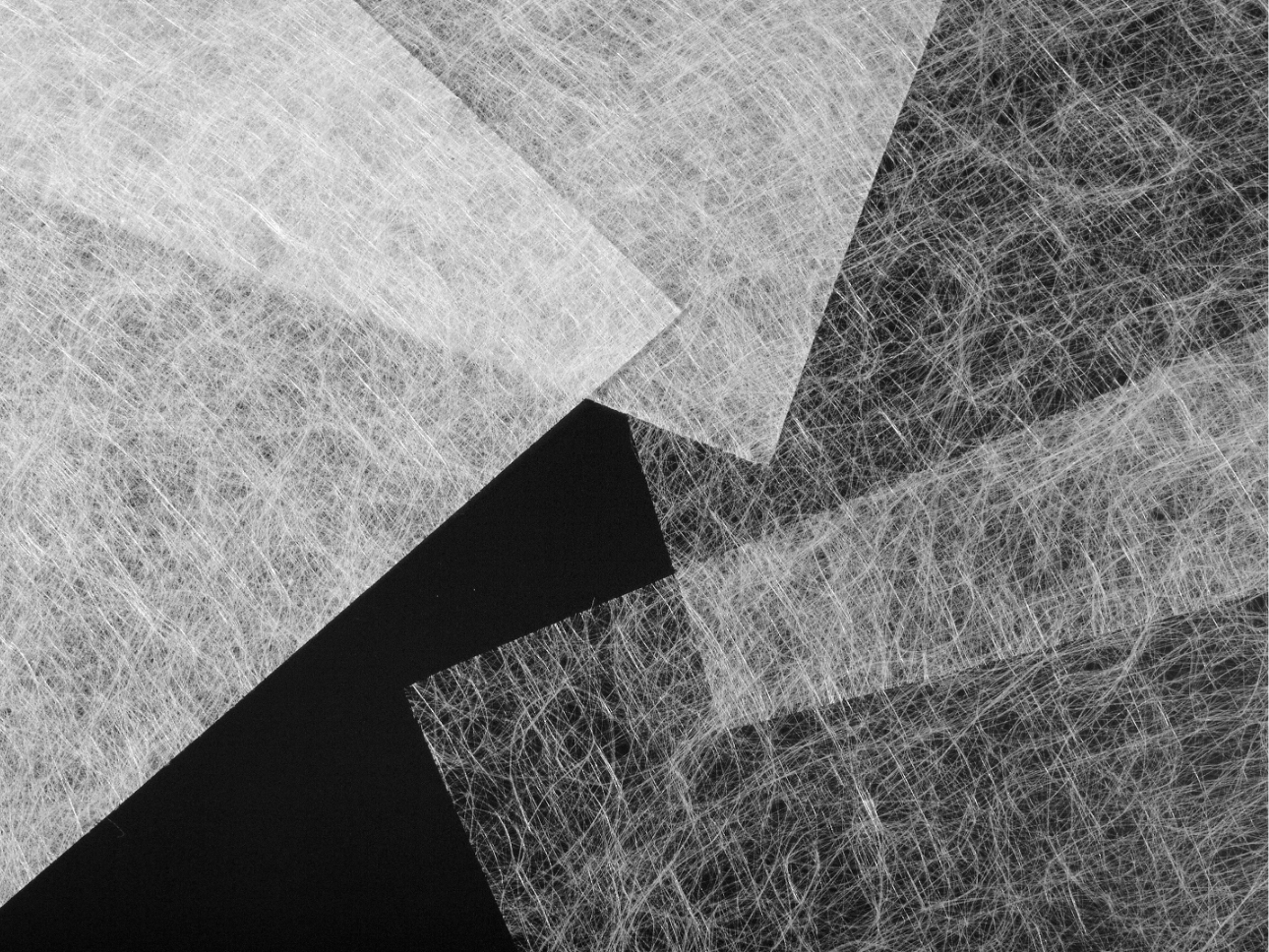
Executive Summary
The Wovens & Non-Wovens market is estimated at USD 17.38 billion in 2025, with projections reaching USD 23.04 billion by 2030, reflecting a CAGR of 5.8% (2024–2030).
Key growth drivers include:
- Rising demand in hygiene and medical applications (e.g., disposables and PPE), driving overall volume growth.
- Expansion into technical and industrial uses — such as automotive, filtration, and construction — supporting higher-value applications.
- Sustainability and regulatory pressures encouraging adoption of recyclable and bio-based fiber solutions.
Overall outlook: Positive.
5.8%
CAGR (2024–2030)
$17.38 billion
Current Market Size (2025)
$23.04 billion
Projected Market Size (2030)

M&A and Investment Activity
Glatfelter (Spinco / combined nonwovens & films business)
Berry Global
2024
The transaction combined Berry Global’s health, hygiene, nonwovens and films business with Glatfelter to create a larger integrated nonwovens and specialty materials company, delivering greater scale across resin- and fiber-based product lines. This broadened product portfolio and market reach (personal care, medical, specialty films) positions the combined company as one of the world’s largest nonwovens suppliers and improves share-of-wallet with global CPG customers.
Kimberly-Clark Personal Protective Equipment business
Ansell
2024
The acquisition expands Ansell’s PPE portfolio by adding Kimberly-Clark’s protective gloves and related assets, increasing scale in healthcare and industrial protective devices. The deal accelerates Ansell’s product breadth and customer relationships in regulated and healthcare channels while consolidating market share in PPE.
Major parts of the Heytex Group
Freudenberg Performance Materials
2024
Freudenberg expanded its technical textiles footprint by acquiring major parts of the Heytex Group, adding complementary technical woven/nonwoven products and specialist capabilities. The acquisition deepens Freudenberg’s offering for industrial and technical end markets and supports geographic and technology-driven growth in technical textiles.
Ecolab’s Surgical Solutions business (including Microtek product lines)
Medline
2024
Medline’s purchase of Ecolab’s surgical solutions business extends its surgical consumables portfolio into complementary infection-prevention and surgical supply products. The acquisition strengthens Medline’s position in hospital/surgical supply chains and adds products that improve cross-sell opportunities to health system customers.
Typical Business Models
Integrated Producer
Vertical control from polymer procurement through to finished rolls.
Pros: Procurement leverage, stronger margin capture, and the ability to supply certified specialty products.
Cons: Higher working capital requirements, larger capex commitments, and a heavier fixed-cost base. Margin upside can be achieved with a higher specialty product mix.
Tolling / Contract Manufacturing
An asset-light model in which customers supply feedstock or guarantee production volumes.
Pros: Lower capex requirements and reduced capital risk.
Cons: Lower margin capture, customer concentration risk, and dependence on utilization levels.
Distribution / Merchant Reseller
Purchases finished rolls and sells through established channels.
Pros: Minimal capex and high operational flexibility.
Cons: Thin margins, higher inventory and working-capital needs, and exposure to price competition.
Niche / Specialty OEM Supplier (Medical, Filtration, Geotextiles)
Focuses on certified or high-value product grades.
Pros: Premium pricing, stronger customer retention, and higher margins.
Cons: Certification and regulatory burdens, as well as higher R&D and quality control costs.
Margin and Capex Implications
Integrated and specialty suppliers generally achieve higher gross margins but require greater capex and working capital.
Tolling and distribution models are lower-capex, but deliver tighter margins and show greater volume sensitivity.




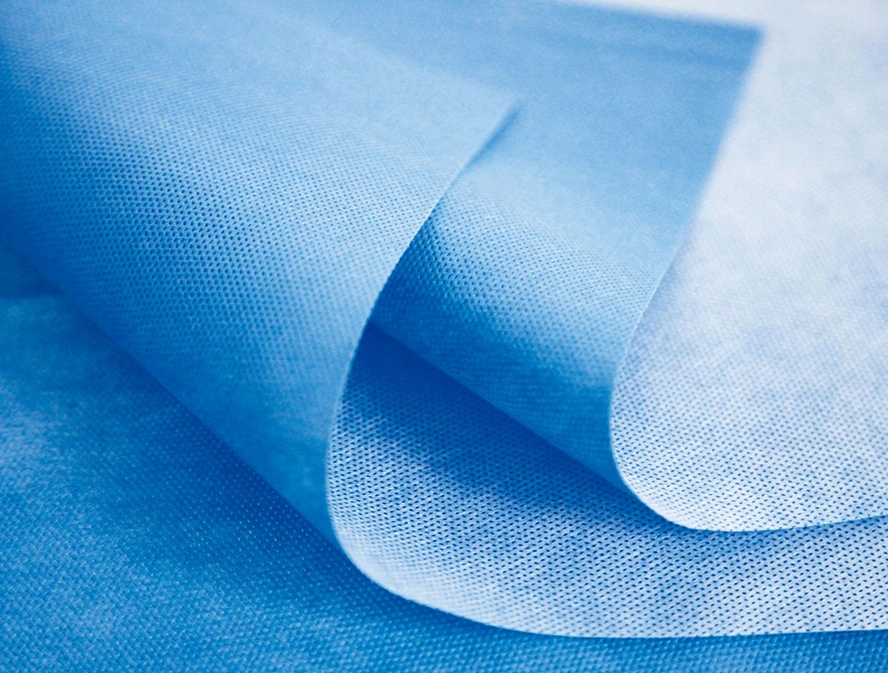
Typical Margin Profile
Commodity Nonwovens:
Typically generate low single-digit to low-teens EBITDA and gross margins, with ~5–10% common for standard product lines. These operations tend to be volume-driven and exposed to commodity pricing dynamics, limiting margin scalability.
Specialty, Medical, and Filtration Grades:
Deliver substantially higher margins, generally in the ~20–30% range. Spunbond, SMS medical, and premium textile producers can reach ~20–35% EBITDA or gross margin in favorable product-mix scenarios, supported by specialized applications and higher pricing power.
Market Benchmarks:
Mid-cycle data, including recent nonwovens IPO disclosures, indicate average EBITDA margins around ~13.8%, consistent with mixed product portfolios that combine both commodity and specialty exposure.
Key Variance Drivers:
- Product mix: Balance of commodity versus specialty-grade production
- End-market pricing power: Medical and hygiene segments typically outperform commodity roll markets
- Utilization and OEE: Fixed-cost absorption and operating efficiency materially affect margins
- Raw-material price volatility: Ability to pass through feedstock costs is critical to margin protection
- Geographic factors: Regional differences in energy and labor costs influence competitiveness
- Channel structure: Direct OEM contracts yield stronger margins than spot or merchant sales





Investor Appetite
Level: Medium
Rationale: End markets such as hygiene and healthcare provide demand resilience and relatively predictable recurring volumes, supporting steady investor interest. However, several structural headwinds— including raw material price volatility, cyclical and uneven capital expenditure requirements, and intense competition in commodity-grade products—limit valuation multiple expansion and dampen overall investor appetite.
Investor Preference: Investors generally favor vertically integrated or specialty-focused producers with contractual volume commitments or differentiated, higher-value product portfolios. These operators command premium valuations relative to pure commodity roll sellers, which typically trade at lower multiples due to thinner margins and limited pricing power.
Transaction Context: Illustrative textile and nonwoven company EBITDA multiples generally range from ~2.8x to 4.3x, providing a relevant benchmark for valuation expectations within the sector.




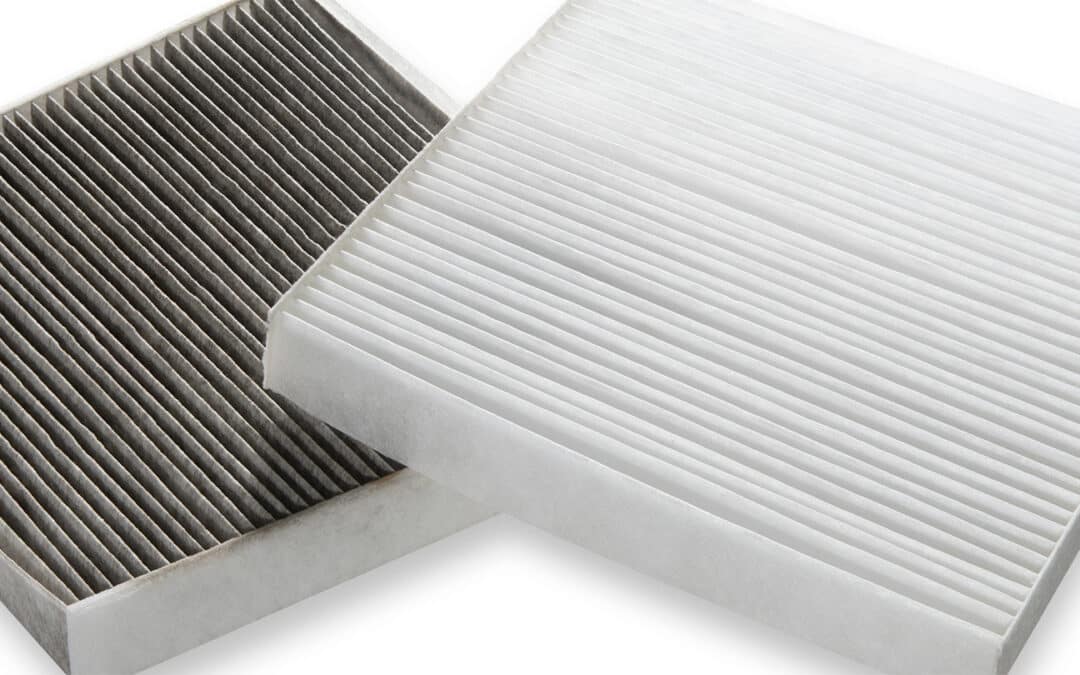
Capex Intensity
Level: Medium to High
Indicative Range: Routine maintenance and incremental upgrades typically result in single-digit annual capex (~1–6% of revenue). However, major production-line purchases can be highly lumpy and significantly elevate spending. Typical new lines range from ~$10 million to over $30 million, with high-speed spunbond or thermal-bonding lines often around $25 million.
Major Capex Categories:
- Plant and equipment: Extrusion, forming, spunbond, and thermal-bonding lines
- Tooling and cutting systems: Slitting, rewinding, and precision die-cutting equipment
- Utilities and energy systems: Upgrades to improve operational efficiency and sustainability
- Environmental and waste management: Air, water, and recycling systems to meet regulatory standards
- Capitalized R&D and line trials: Specialty product development and performance optimization
Overall Dynamics:
Capex is generally steady in mature operations, but spikes significantly during capacity expansions, modernization cycles, or specialty-line installations, influencing both free cash flow and margin trajectory.




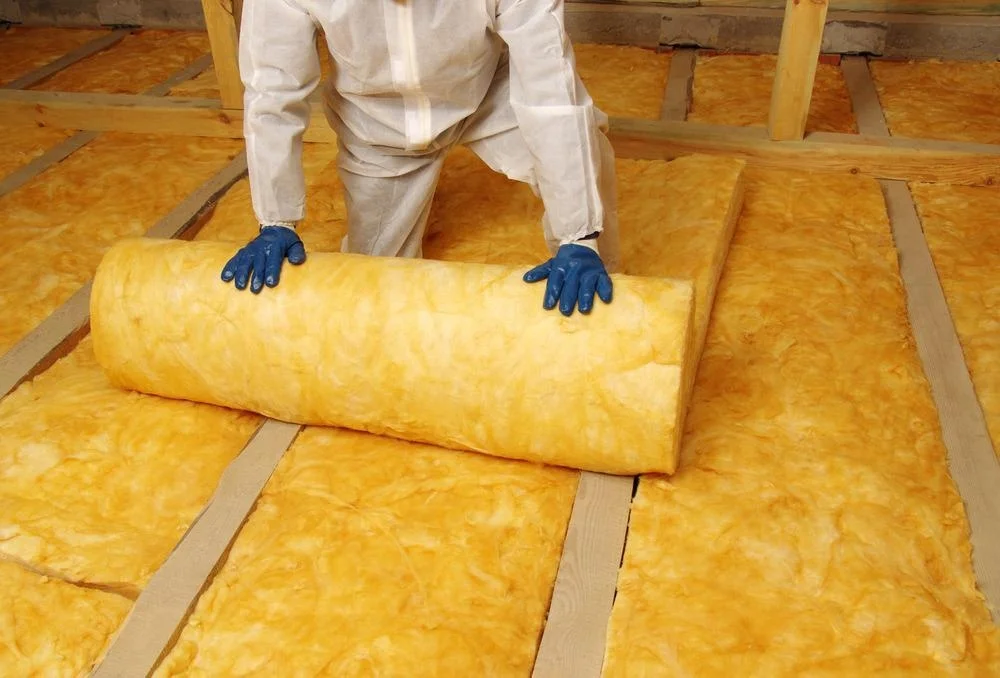
Conclusion & Investment Implications
The Wovens and Nonwovens market demonstrates strong underlying fundamentals, with projected growth from $17.38 billion in 2025 to $23.04 billion by 2030, representing a compound annual growth rate (CAGR) of 5.8%.
Growth Drivers:
The sector’s expansion is supported by three primary forces:
- Rising demand in high-value healthcare and hygiene applications, which provide stable and recurring volume growth.
- Diversification into technical and industrial end markets such as automotive, filtration, and construction, broadening application scope.
- Accelerating adoption of sustainable materials driven by regulatory pressures and shifting consumer preferences toward eco-friendly and recyclable products.
The industry continues to invest in manufacturing modernization, supply chain resilience, and advanced technologies such as nanofibers, functional coatings, and composite finishes, enabling entry into higher-margin applications. Although feedstock price volatility and compliance costs remain challenges, the overall outlook remains positive.
Ongoing strategic mergers and acquisitions among leading producers—focused on vertical integration and capability enhancement—further reinforce market strength and competitiveness. Supported by resilient end-market demand, continuous innovation, and sustainability-led transformation, the Wovens and Nonwovens segment represents an attractive investment opportunity with durable long-term growth potential.




Expert Analysis
Subscribe for Exclusive Industry Reports
Thank you! Your submission has been received!
Oops! Something went wrong while submitting the form.